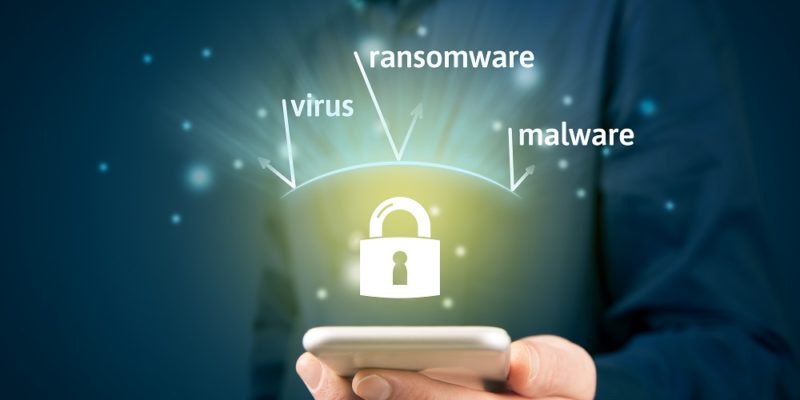 Closing the Gap in Threat Visibility
Closing the Gap in Threat Visibility
Threat visibility has always been an unruly challenge. Security teams find themselves inundated with alerts, many of which are false alarms. The irony is that, even as defenders can see more information about threats than ever before, attackers can slip right by because of all the noise. And the attackers know this, so they create…









